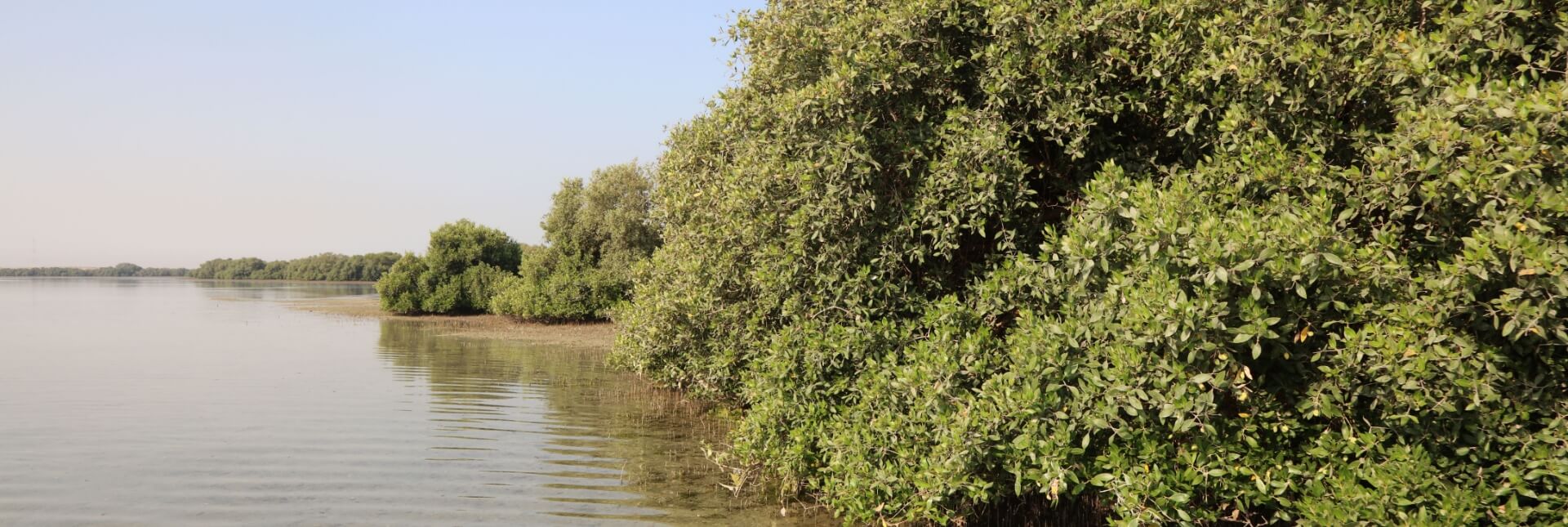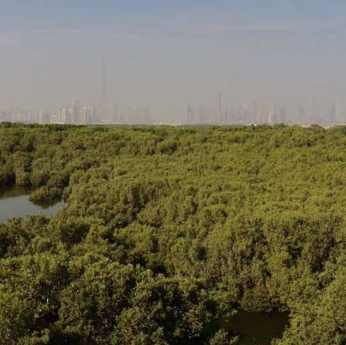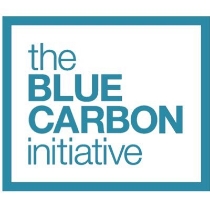

Initiatives

The UAE Mangrove Soil Carbon Sequestration Project is a follow up to the National Blue Carbon Project, commissioned by the Abu Dhabi Global Environmental Data Initiative ( on behalf of the Environment Agency Abu Dhabi ( This project provides a trial to test determination of mangrove soil carbon sequestration rates across the Emirates using radiometric dating techniques This and prior projects improve understanding of carbon storage and the other services that coastal and marine Blue Carbon ecosystems provide across the United Arab Emirates.

The overall goal is to better understand the near-term vulnerability of the UAE given changes in climate and human use in the coastal zone. The outputs of the effort represent a contribution to the development of a national framework on near-term coastal zone planning, policy, and information dialogues regarding climate change. There are three major objectives: (1) Acquire the various types of physical databases necessary as inputs to a CVI; (2) develop the coastal vulnerability index for the entire UAE coastline to identify those portions at highest risk from climate change and illustrate the nature of that risk; and (3) develop an interactive “CVI Inspector” tool to visualize the results of the assessment for subsequent use in near-term coastal management and planning at the emirate and national levels.

‘Blue Carbon’ refers to the functional attributes of coastal and marine ecosystems to sequester and store carbon. Blue Carbon ecosystems of the UAE include mangrove forests, salt marshes and seagrass beds. Another potential Blue Carbon ecosystem identified as a result of this project is cyanobacterial “bluegreen algal” mats (hereafter referred to as algal flats). When these ecosystems are destroyed, buried carbon can be released into the atmosphere, contributing to climate change. In addition to their climate-related benefits, Blue Carbon ecosystems provide highly valuable ‘Ecosystem Services’ to coastal communities; they protect shorelines, provide nursery grounds for fish and habitats for a wide range of terrestrial and aquatic species, and support coastal tourism. They also have significant cultural and social values.

